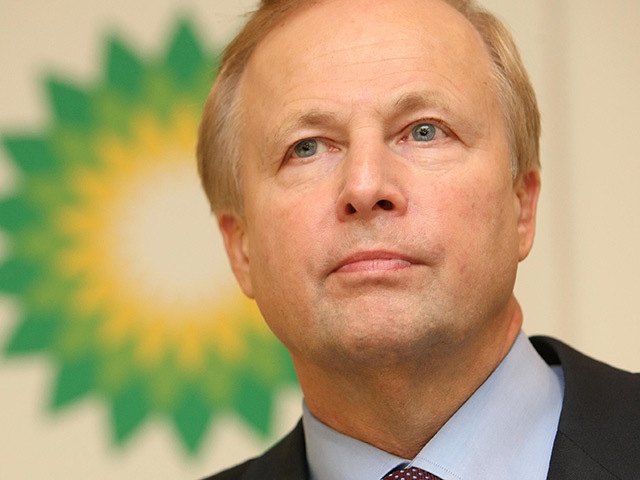
Demand for energy is going to rise by more than 40% over the next 20 years, according to BP.
Growing demand from China and India will fuel the global thirst for more oil and gas between now and 2013.
The oil giant’s Energy Outlook study reveals consumption is expected to rise by 41% from 2012 to 2035 – a slight fall from the 55% growth recorded over the over the last 23 years.
Ninety five per cent of that growth in demand is expected to come from the emerging economies, while energy use in the advanced economies of North America, Europe and Asia as a group is expected to grow only very slowly – and begin to decline in the later years of the forecast period.
BP Chief executive Bob Dudley said the findings raise three big questions – Is there enough energy to meet growing demand? Can we meet demand reliably? And what are the consequences of meeting demand? In other words, is the supply sufficient, secure and sustainable?
“On the first question, our answer is a resounding ‘yes’,” he said.
“The growth rate for global demand is slower than what we have seen in previous decades, largely as a result of increasing energy efficiency.
“Trends in global technology, investment and policy leave us confident that production will be able to keep pace. New energy forms such as shale gas, tight oil, and renewables will account for a significant share of the growth in global supply.”
“On the question of security, the outlook offers a mixed, though broadly positive, view. Among today’s energy importers, the United States is on a path to achieve energy self-sufficiency, while import dependence in Europe, China and India will increase.
“Asia is expected to become the dominant energy importing region. This need not be a cause for concern if the market is allowed to do its work, with new supply chains opening up to these big consuming regions.”
He added: “On the question of sustainability, global carbon dioxide emissions are projected to rise by 29%, with all of the growth coming from the emerging economies.
The outlook also notes some positive signs – emissions growth is expected to slow as natural gas and renewables gain market share from coal and oil; and emissions are expected to decline in Europe and the US.
Oil is expected to be the slowest growing of the major fuels to 2035, with demand growing at an average of just 0.8% a year. Nonetheless, this will still result in demand for oil and other liquid fuels being nearly 19 million barrels a day higher in 2035 than 2012.
Conversely, natural gas is expected to be the fastest growing of the fossil fuels – with demand rising at an average of 1.9% a year. Shale gas supplies are expected to meet 46% of the growth in gas demand and account for 21% of world gas and 68% of US gas production by 2035.
Recommended for you
